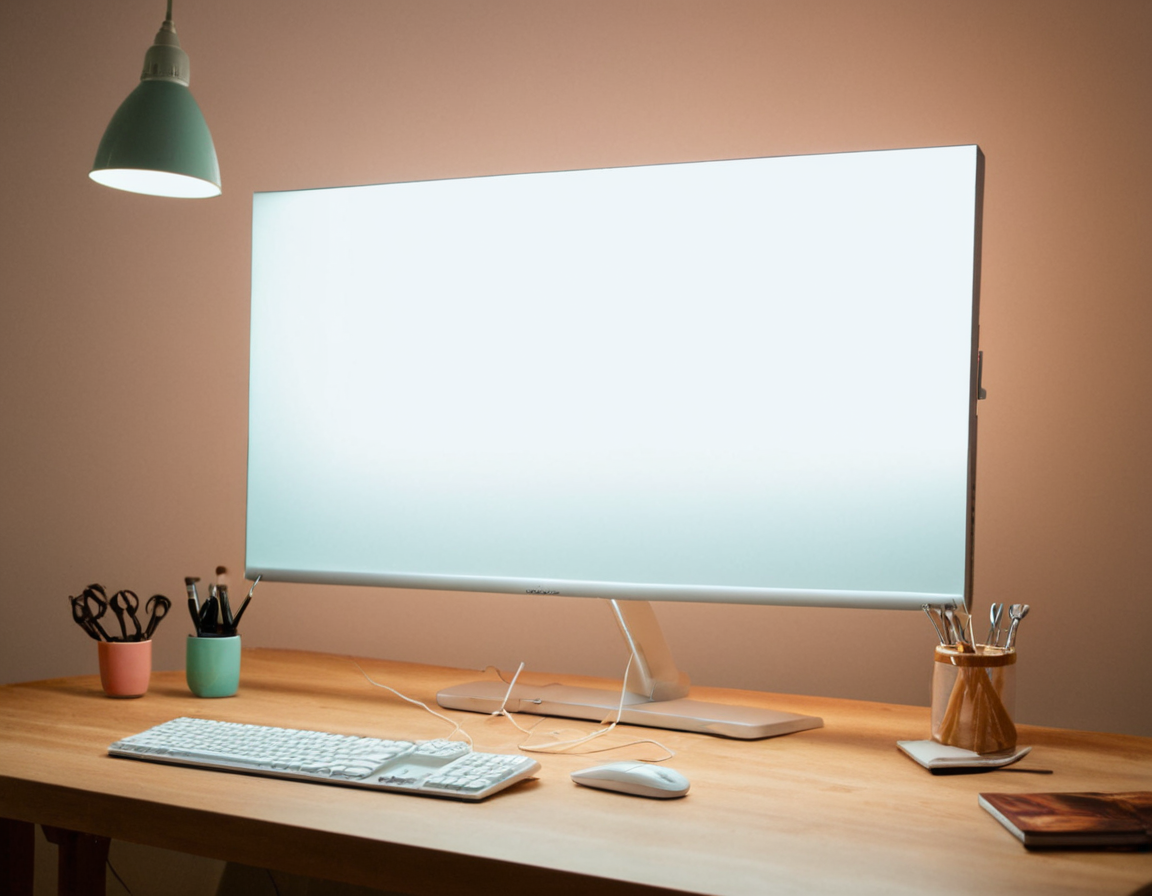Airbrush Tips - Master Retouch for Product Photos

The Ultimate Guide to Using Airbrushing and Retouching Tools in Product Photography
As the world of e-commerce continues to evolve, product photography has become an essential aspect of online marketing. With the rise of social media and influencer marketing, high-quality product images are no longer a luxury but a necessity. One technique that can elevate your product photography game is airbrushing and retouching.
Introduction
Airbrushing and retouching are advanced techniques used to enhance the appearance of products in photographs. While they may seem daunting, mastering these skills can significantly impact the success of your online marketing efforts. In this guide, we will delve into the world of airbrushing and retouching, exploring their benefits, tools, and best practices.
Understanding Airbrushing
Airbrushing is a technique used to create smooth, even finishes on products. It involves using an airbrush to apply paint or other materials to the product surface. This method can be particularly useful for achieving subtle color gradations, intricate details, or realistic textures.
However, airbrushing alone may not always produce the desired results, especially when dealing with complex products or unwanted blemishes. That’s where retouching comes in – a process of digitally removing or manipulating imperfections to achieve a flawless finish.
Choosing the Right Tools
When it comes to airbrushing and retouching, having the right tools is crucial for achieving professional-grade results. Here are some essential tools you’ll need:
- Airbrush: A high-quality airbrush is the most critical piece of equipment for airbrushing.
- Paint or Materials: Depending on your desired effect, you may require specialized paints or materials.
- Reference Images: Having a comprehensive library of reference images will help guide your creative decisions.
- Software: Familiarize yourself with photo editing software like Adobe Photoshop.
Best Practices
While mastering airbrushing and retouching takes time and practice, here are some essential best practices to keep in mind:
- Reference, Reference, Reference: Study high-quality images of products you’re trying to replicate.
- Start Small: Begin with simple exercises like airbrushing basic shapes or colors.
- Practice on Low-Resolution Images: Before moving to high-resolution files, practice your skills on lower-res images.
Practical Examples
Let’s take a look at how these techniques can be applied in real-world scenarios:
Example 1: Enhancing Product Details


In this example, we’ve used airbrushing to enhance the product details, creating a more realistic and appealing finish.
Example 2: Removing Unwanted Blemishes


Here, we’ll demonstrate how retouching can be used to remove unwanted blemishes or imperfections from the product surface.
Conclusion
Mastering airbrushing and retouching is a significant investment of time and effort. However, with practice and patience, you can significantly improve your product photography skills. Remember to focus on delivering high-quality results that meet your brand’s standards.
What’s Next?
The world of product photography is constantly evolving. Stay ahead of the curve by attending workshops, webinars, or online courses that focus on advanced techniques like airbrushing and retouching. Share your experiences and tips with fellow creatives to continue growing and improving together.
Is there anything else I can help you with?
Tags
airbrushing-techniques product-retouching photography-enhancement ecommerce-marketing online-branding
About Luis Torres
Hi, I'm Luis Torres, a photographer and blogger passionate about helping creatives grow. With a background in photography and a knack for teaching, I share actionable tips & techniques on lentecreativa.com to inspire and educate photographers of all levels.
